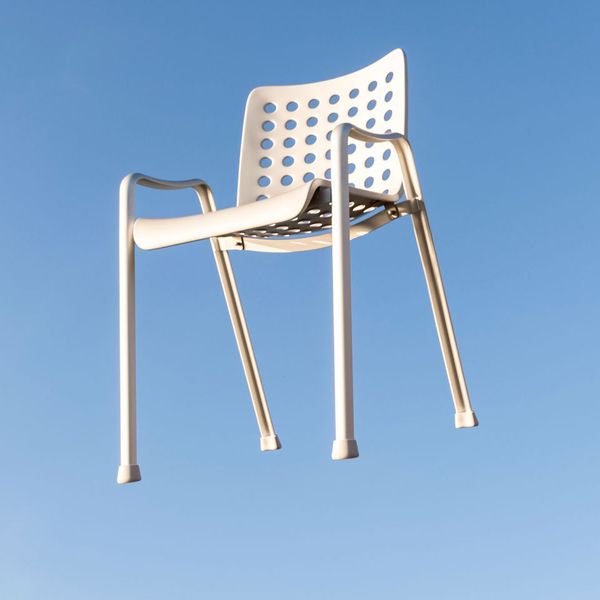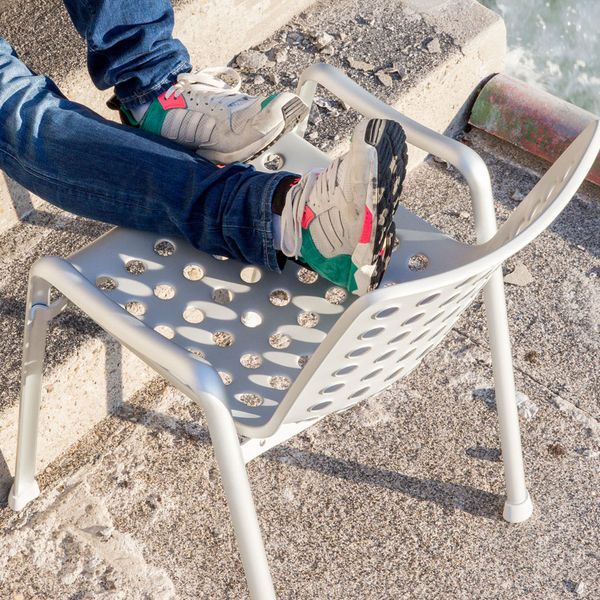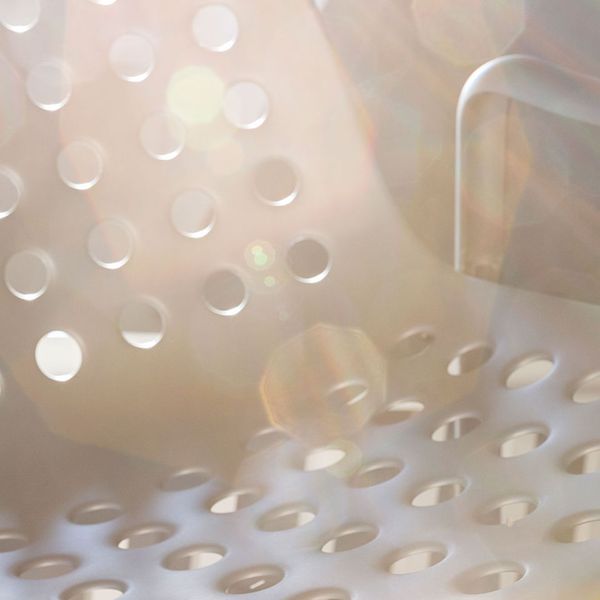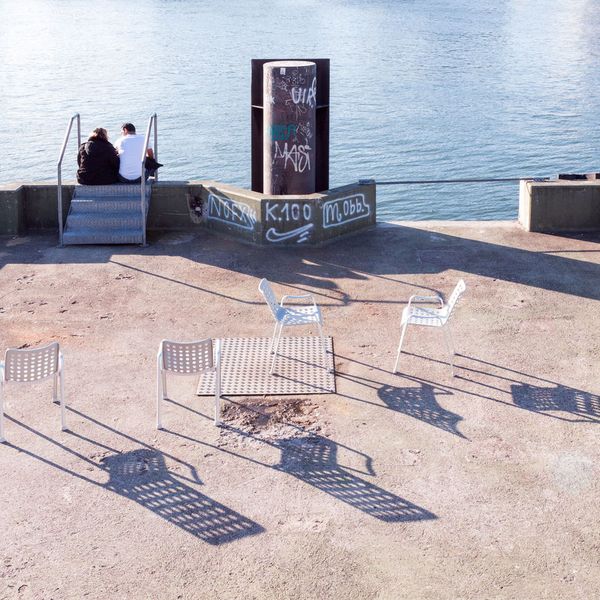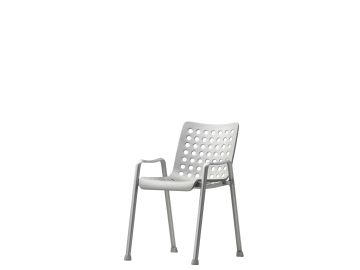Landi Chair
Hans Coray, 1938
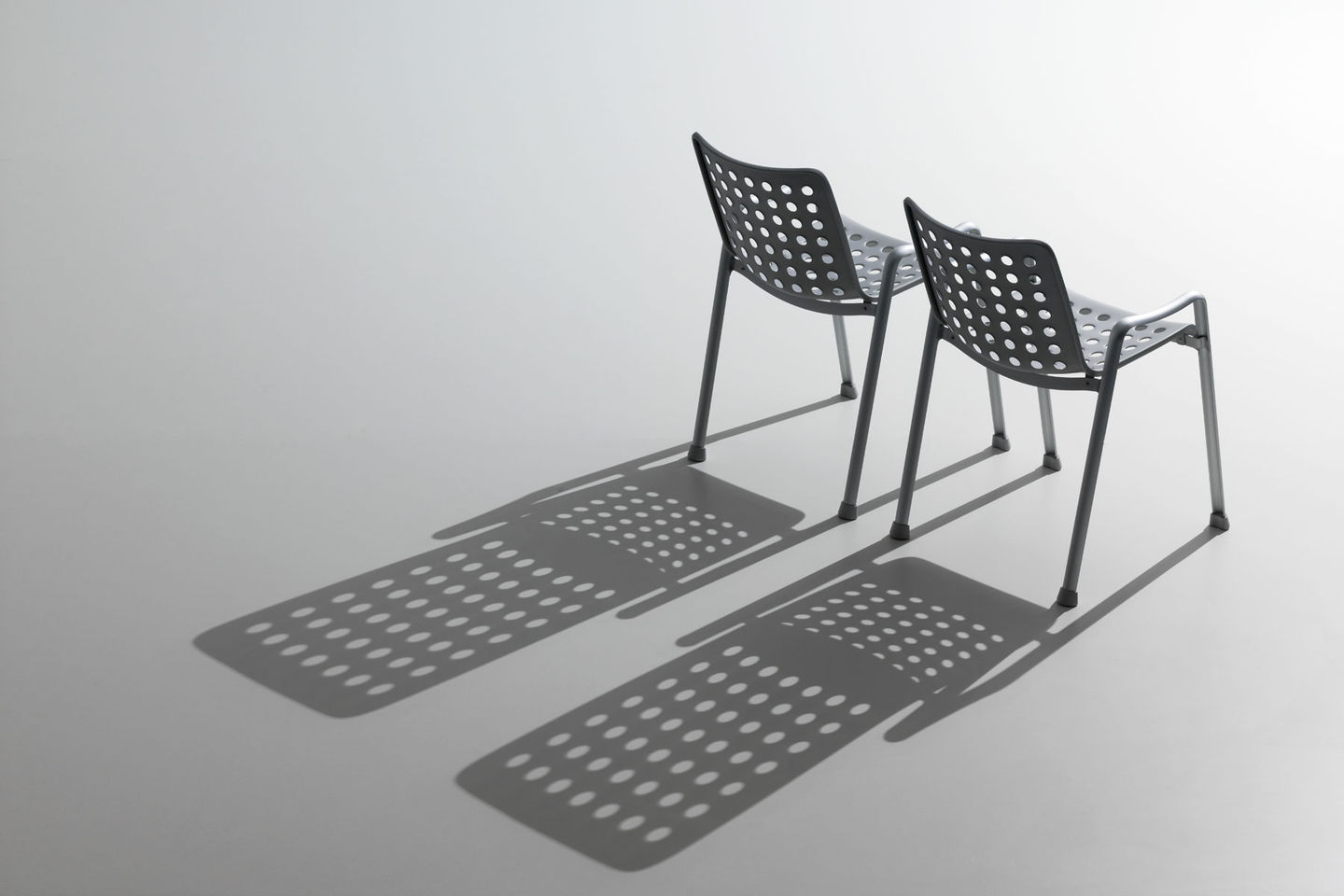
Developed for the 1939 Swiss National Exhibition (Schweizer Landesausstellung), the Landi Chair occupies an important place in the history of twentieth-century design: this classic by Hans Coray established the new typology of a three-dimensionally moulded seat shell on a separate base. The clear structure of the all-aluminium chair consists of two parts. First, a pair of U-shaped profiles connected by welded crossbeams form a self-supporting frame and simultaneously serve as the legs and low armrests. This base supports a seat shell, which makes ideal use of the material’s possibilities: the 91 punched holes not only ensure the modest weight and flexibility of the comfortable shell, but also give the graceful Landi its trademark appearance.
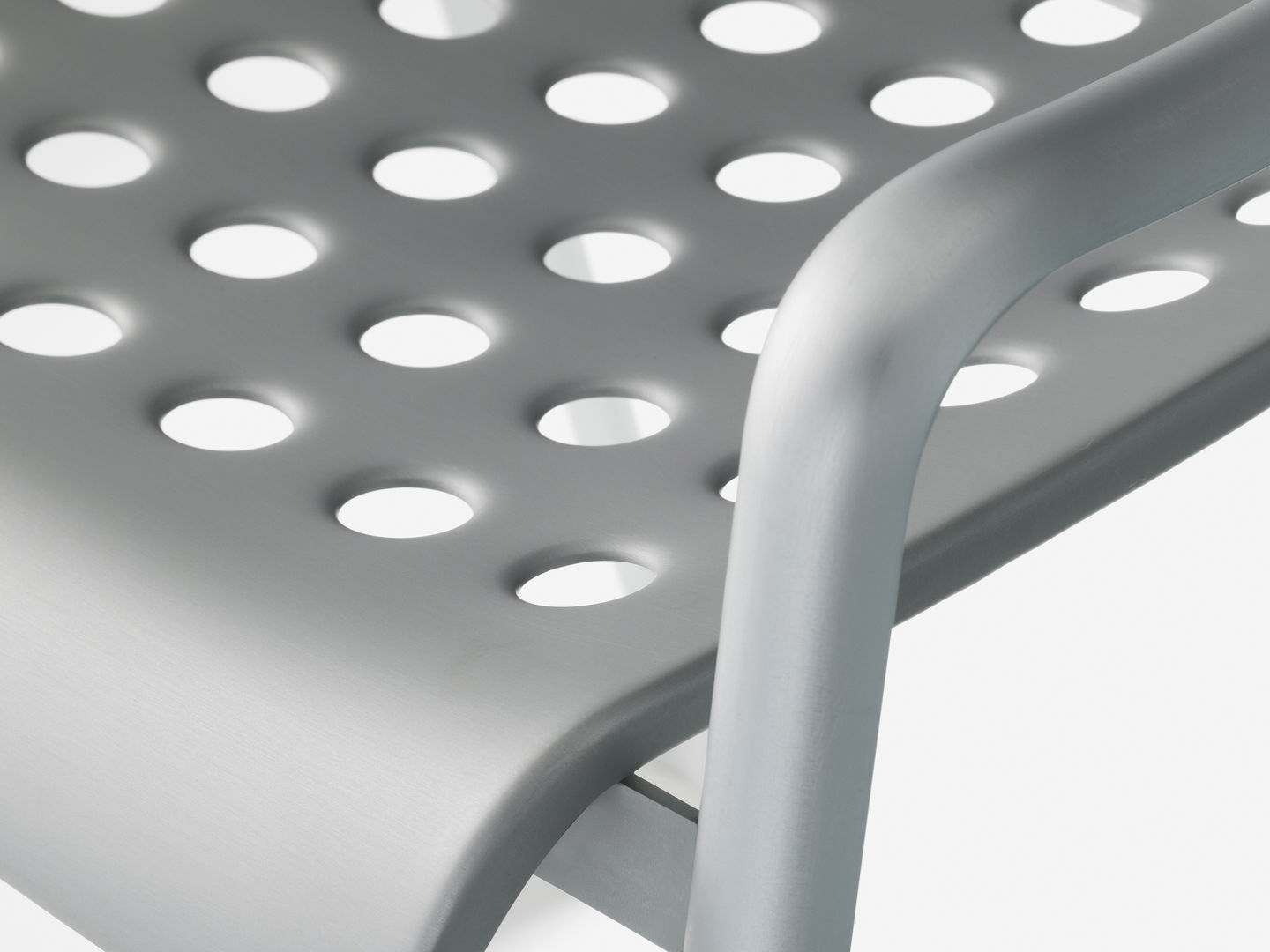
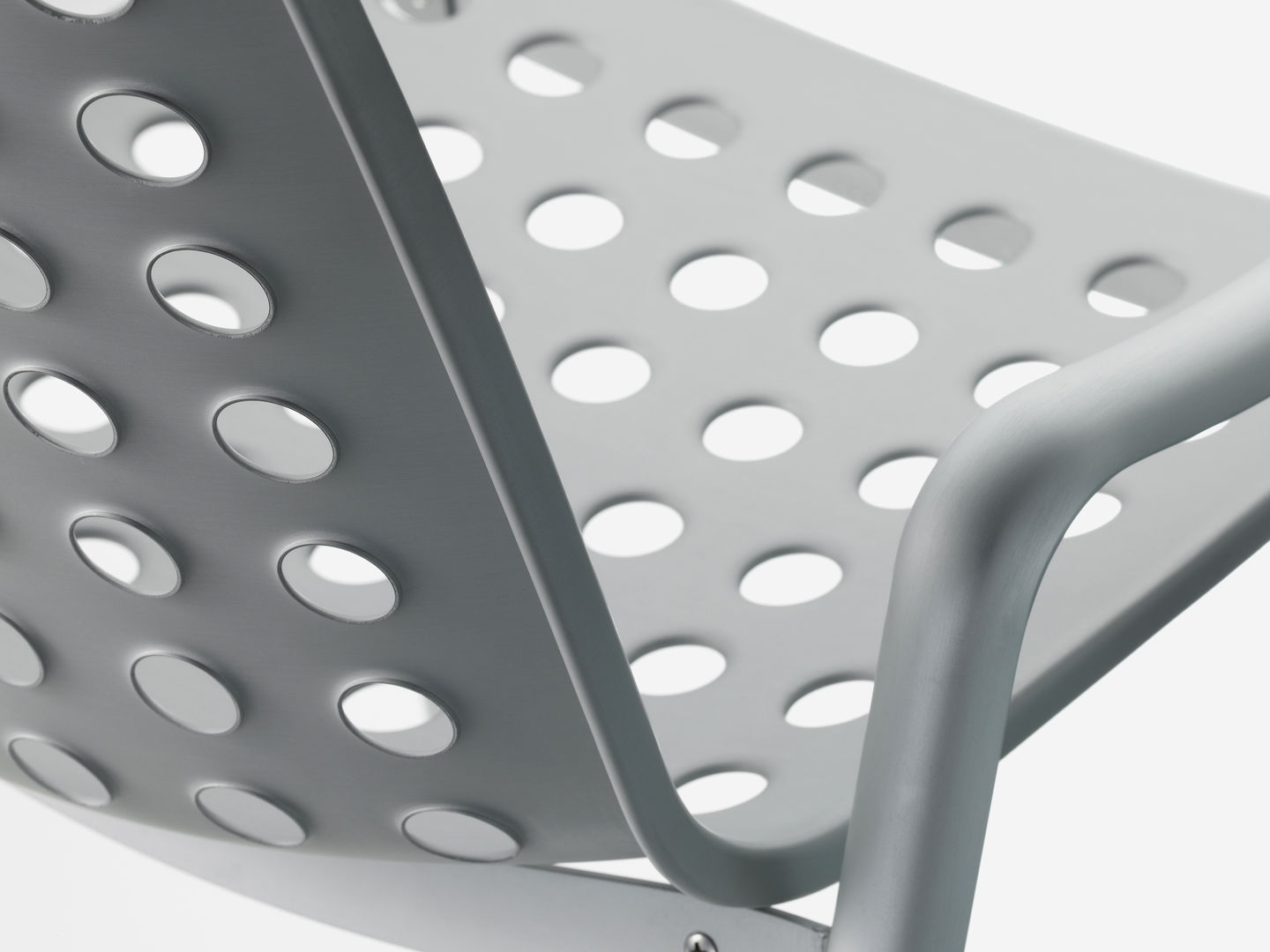
The lightweight, stackable Landi Chair is robust and weather-resistant. Technical innovation, optimal use of materials, minimalist forms and understated elegance are the elements that have made the Landi Chair into a classic over the years, which looks as fresh and vital today as ever.
Information
Colours and materials
Product and safety information
Dimensions
Colours and materials
Product and safety information
Dimensions
